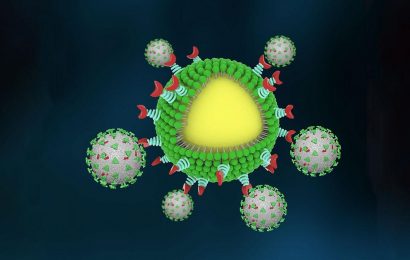
In light of climate change and the impending transition to clean energy, many long-standing programs to address energy insecurity need to be refreshed. A new paper published in the journal Health Affairs provides growing documentation of the connections between energy insecurity and poor health. The paper, by Diana Hernandez, Ph.D., associate professor of sociomedical sciences at Columbia University Mailman School of Public Health, also offers an overview of current policy initiatives and discusses ways that current policies can be improved upon.
The average U.S. household allocates 3.1% of its income to energy expenses but for low-income households, this figure is upward of 8.1%, according to Hernandez. “This financial hardship often means that for low-income households there are fewer financial resources available for other basic needs such as housing, food, clothing, child care, medical expenses, digital access, and transportation.”
Disconnection of electric or gas service is considered the crisis point of energy insecurity and is disproportionately high among households below the poverty level and headed by persons of color. Nearly 15% of households received at least one disconnection notice during the prior twelve months. Earlier research by Hernandez was the first known prevalence study of shutoffs in the U.S.
Energy insecurity or the “inability to adequately meet basic household energy needs has profound implications for health and health equity,” says Dr. Hernandez, who is also managing director of the Energy Opportunity Lab’s Domestic Program at the Center for Global Energy Policy in Columbia’s School of International and Policy Affairs. “Energy insecurity encompasses much more than electricity, gas, or other power sources used for lighting, cooling, and heating. Instead, there are three primary dimensions of energy insecurity—the physical, economic, and coping which reflect financial hardship, housing quality issues and the adaptive strategies people use to manage unaffordable bills and subpar living conditions.”
Hernandez makes the following key points:
- As of 2020 more than thirty million U.S. households were energy insecure.
- Low-income households and those comprised of people of color are disproportionately affected by energy insecurity.
- Structural racism, poor housing conditions, inflation, climate change, and the clean energy transition contribute to and exacerbate energy insecurity.
- Energy insecurity adversely affects physical and mental health and can be fatal.
- Policy and programmatic solutions exist to reduce and eliminate energy insecurity.
Home renters, rural dwellers, residents of houses built before 1980 with inadequate insulation, and people living in the Northeast and Southern regions were at greatest risk of experiencing energy insecurity as well as mobile home occupants and households with children compared to those with an elderly resident, according to Dr. Hernandez. “The latter is, in part, because of shutoff protections for seniors.”
“The somewhat good news is that there is hope for addressing energy insecurity now with recent world events including the COVID-19 pandemic, global social unrest and the war in Ukraine which may spur further investments in renewable energy,” noted Hernandez.
More information:
Energy Insecurity And Health: America’s Hidden Hardship, Health Affairs (2023). DOI: 10.1377/hpb20230518.472953. www.healthaffairs.org/do/10.13 … 0230518.472953/full/
Journal information:
Health Affairs
Source: Read Full Article


